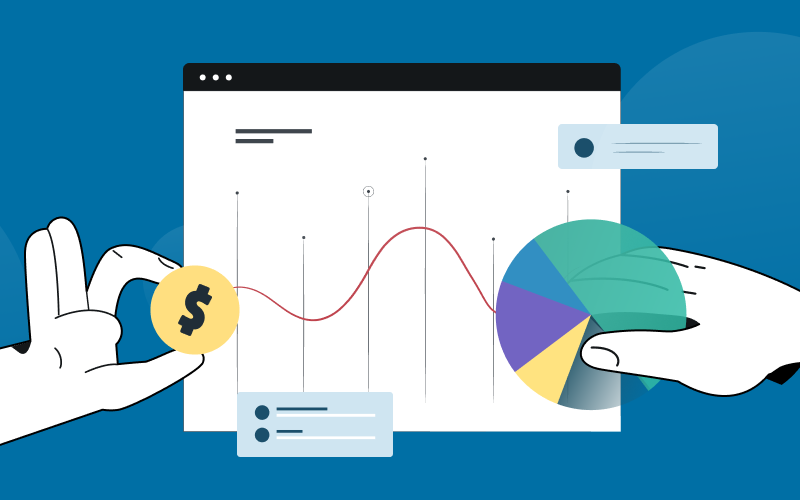
Key KPIs all finance teams should be tracking
Learn more ->
Webinar Alert 🚨
How top FP&A teams create forecasts that drive conversions - May 2nd at 12 PM ET
🔥 Register Now →The Gross Profit Margin is a metric that calculates how much money is left over from revenue after subtracting the cost of goods sold. Ultimately the gross profit margin helps a company see its financial health and is typically represented as a percentage of revenue.
This metric communicates how much a company has made in profits after subtracting the costs of doing business, which includes labor, raw materials, production costs, and any other operating expenses.
Labor costs – Direct labor costs are the amount of money spent on wages for employees. This includes salaries, benefits, bonuses, and all other employee-related costs.
Raw materials – Raw material costs include anything used to make products or services.
Production costs – Production costs are the costs associated with making a product. They may include things like advertising, marketing, and shipping costs incurred during the manufacturing process.
Keep in mind that gross profit margin can be used for individual products and services, as long as the business can identify the direct costs associated with it.
The gross profit margin formula is as followed:
Gross Profit Margin = Net Sales − COGS / Net Sales
Below are the steps to calculate the gross profit margin:
From there, financial managers can then use this financial ratio to assess the overall efficiency of a product or service.
Operating profit margins: Operating profit margins are calculated by subtracting all operating expenses from net income. This number represents how profitable a company is at each stage of production. It also shows whether a company has enough money left over after paying for operational costs to cover any losses.
Net profit margins: Net profit margins are calculated by dividing net income by total assets. This measure of profit represents the profitability of a company relative to its size.
A company’s gross profit margin can be an indicator of overall corporate performance for financial managers and executives. If this profit measure fluctuates significantly, it may indicate poor management decisions or changes in market conditions. A high gross profit margin indicates that a company is able to sell more than what it spends on producing the product or service (excess profit). Conversely, a low gross profit margin suggests that a company is spending too much on producing the product or providing the service.
Since the cost of goods sold has already been accounted for, the remaining funds can be put towards paying off general and administrative expenses, interest fees, dividend distributions, and other debts.
If a company wants to increase its gross profit margin, it must first determine which costs are contributing to lower margins. Once the problem areas have been identified, the company should then focus on reducing these costs. The most common ways to reduce costs include increasing efficiency, lowering prices, and improving quality.
